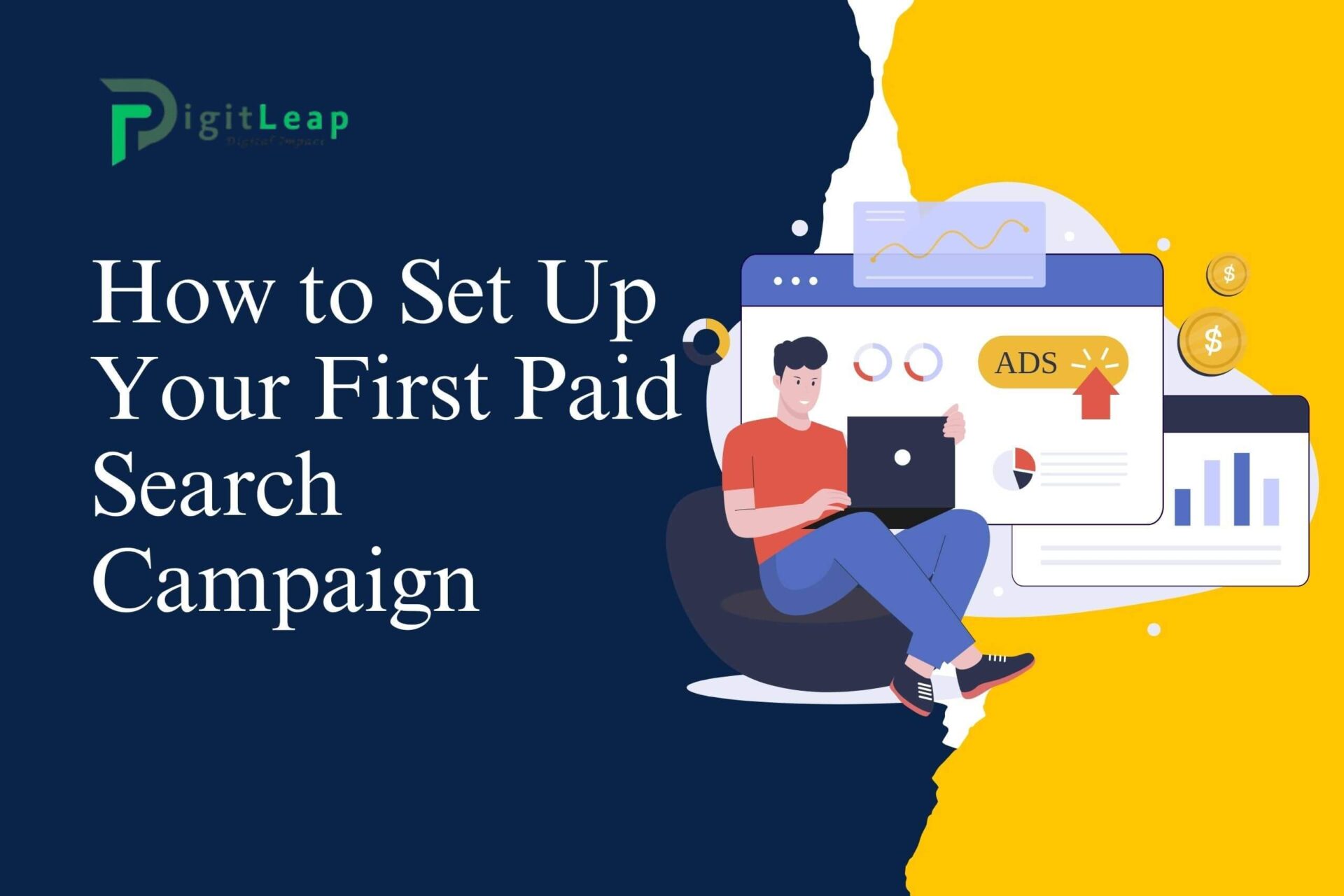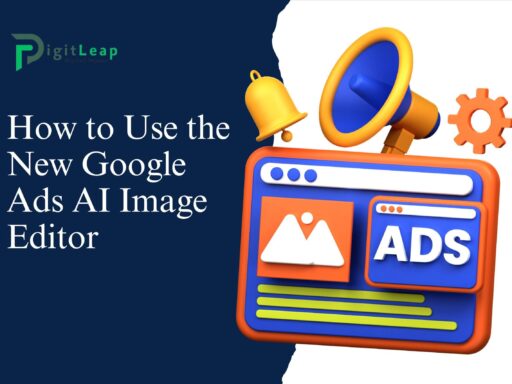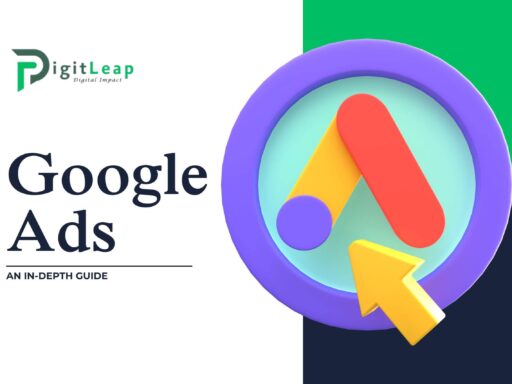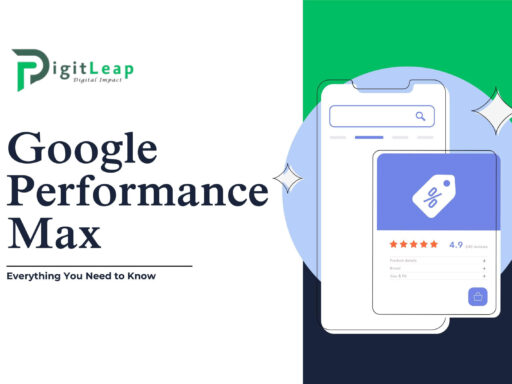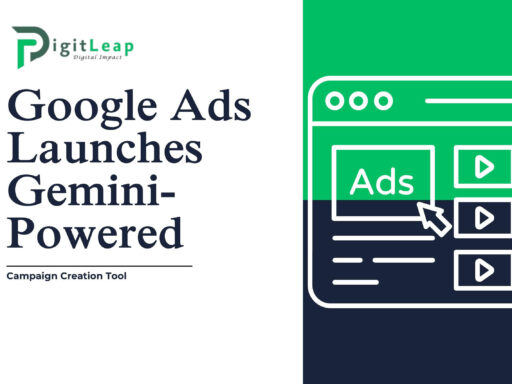How to Set Up Your First Paid Search Campaign
Starting your first paid search campaign can feel overwhelming, but it’s one of the most effective ways to drive traffic to your website and reach potential customers. Paid search campaigns, commonly run through platforms like Google Ads, allow businesses to place ads on search engine results pages (SERPs) based on keywords that people are searching for. If you’re new to this, don’t worry. We’ll guide you through the step-by-step process of setting up your first campaign.
By the end of this guide, you’ll know how to target the right audience, set a budget, choose effective keywords, and create an ad that gets results.
What Is a Paid Search Campaign?
A paid search campaign is a form of online advertising where businesses pay to have their ads appear at the top of search engine results for specific keywords. These ads are often referred to as “pay-per-click” (PPC) because advertisers only pay when someone clicks on their ad. It’s an efficient way to gain visibility, attract traffic, and potentially increase sales without waiting for organic search rankings to improve.
Step 1: Define Your Campaign Goals
Before diving into the technical setup, it’s important to define what you want to achieve with your campaign. Do you want more website traffic? Are you looking to generate leads? Or maybe you’re hoping to increase product sales? Having clear goals will help guide the rest of your decisions, from choosing keywords to writing your ad copy.
For example, if your goal is to increase sales, your ad might focus on showcasing a product’s key features and offering a special discount. On the other hand, if you’re looking to build brand awareness, you might focus on promoting your company’s values or services.
Step 2: Choose the Right Platform
The most popular platform for paid search campaigns is Google Ads, but there are other options like Bing Ads or Yahoo Gemini. Google Ads is usually the go-to because of its reach—it’s the largest search engine and offers a variety of tools to help manage your campaign. For this guide, we’ll focus on setting up a campaign using Google Ads, but the principles are similar across other platforms.
Step 3: Set Up Your Google Ads Account
If you don’t already have a Google Ads account, setting one up is easy. Just visit the Google Ads homepage, sign in with your Google account, and follow the steps to create your advertising account.
Once you’re in, Google will guide you through a simplified version of campaign setup. You can choose to skip this if you want to set everything up manually, which allows for more customization.
Step 4: Select Your Campaign Type
After creating your account, the first major decision is selecting the type of campaign you want to run. Since we’re focusing on paid search campaigns, you’ll choose the “Search” campaign option. This will ensure your ads appear in Google search results when users type in relevant keywords.
You’ll also be asked to select a campaign goal, which can be:
- Sales: If you want to drive purchases or conversions.
- Leads: If you’re focused on getting form submissions or inquiries.
- Website Traffic: If your goal is to attract visitors to your site.
Pick the one that aligns with your main goal for the campaign.
Step 5: Define Your Target Audience
Targeting the right audience is key to a successful campaign. You can define your audience based on several factors, such as:
- Location: Choose where you want your ads to appear. You can target specific countries, cities, or even a radius around your business. This is especially useful for local businesses.
- Language: Select the language your audience speaks to ensure the ad resonates with them.
- Demographics: You can narrow your target audience by age, gender, and household income.
This step ensures that your ads are shown to the right people, increasing the chances of attracting clicks from users who are more likely to convert.
Step 6: Set Your Budget and Bidding Strategy
One of the biggest advantages of paid search is that you can control how much you spend. In this step, you’ll set a daily budget, which is the maximum amount you’re willing to spend on your ads per day. Start with a budget you’re comfortable with, as you can always increase it later if the campaign is successful.
Next, choose a bidding strategy. Google Ads uses a bidding system where advertisers compete for ad placements. You can choose from a variety of strategies:
- Manual CPC (Cost-Per-Click): You manually set the maximum amount you’re willing to pay for each click.
- Maximize Clicks: Google automatically adjusts your bids to get the most clicks within your budget.
- Target CPA (Cost-Per-Acquisition): Google optimizes bids to help you get as many conversions (like sales or form fills) as possible at your target cost.
For beginners, Maximize Clicks is a good starting point because it allows Google to handle the bidding for you, helping to get the most out of your budget.
Step 7: Choose Your Keywords
Keywords are the terms people type into search engines when looking for products or services. Choosing the right keywords ensures that your ad appears when potential customers are searching for something relevant to your business.
Use Google’s Keyword Planner tool to research keywords related to your product or service. It will show you the search volume (how many people are searching for a keyword) and competition (how many advertisers are bidding on that keyword). Ideally, you want a mix of high-traffic keywords and specific, long-tail keywords that are more targeted and less competitive.
For example, if you’re running a local bakery, you might choose keywords like “fresh bread near me” or “best cakes in [city].”
Step 8: Write Your Ad Copy
Now that you’ve chosen your keywords, it’s time to write the ad itself. Your ad will consist of:
- Headlines: You can include up to three headlines, each up to 30 characters long. Make sure your headline grabs attention and includes your primary keyword.
- Description: This is where you provide more details about your offering, up to 90 characters. Highlight key features, benefits, or promotions.
- Display URL: This is the URL that appears in your ad. It can include your brand name or relevant keywords to make it clear where the user is going after clicking the ad.
For example:
- Headline 1: “Freshly Baked Bread Daily”
- Headline 2: “Local Bakery in [City]”
- Description: “Order Now for Same-Day Pickup. Visit Us for Fresh Pastries & More!”
Make sure your ad is clear, concise, and highlights a key benefit or offer that sets you apart from competitors.
Step 9: Set Up Conversion Tracking
To measure the success of your campaign, you’ll want to set up conversion tracking. This allows you to track actions like purchases, form submissions, or newsletter sign-ups that happen after someone clicks on your ad. It’s essential for understanding how well your ads are performing and if they’re achieving your campaign goals.
You can set up conversion tracking by placing a small piece of code (called a tracking pixel) on your website. This lets Google Ads track user behavior after they click on your ad.
Step 10: Launch Your Campaign
Once everything is set up, it’s time to hit launch! After your campaign goes live, monitor its performance closely. Google Ads provides data on impressions, clicks, and conversions, allowing you to make adjustments as needed. You can tweak your keywords, adjust your bids, or even experiment with different ad copy to optimize your campaign.
Conclusion
Setting up your first paid search campaign might seem intimidating, but by following these steps, you’ll be well on your way to attracting more visitors and generating more leads or sales. Paid search is a powerful tool that, when done right, can deliver fast and measurable results.
At DigitLeap, we’re here to help businesses grow through smart and effective digital marketing strategies. Whether you’re setting up your first paid search campaign or looking to optimize existing ones, we’ve got you covered.


